Buy this digital art artwork Gosper fish by Tis Veugen as a reproduction on canvas, ArtFrame, poster and wallpaper, printed on demand in high quality.
About "Gosper fish"
by Tis Veugen
About the artwork
This tessellation is based on the space-filling Gosper curve. To each edge corresponds a pentagon, in fact a degenerated hexagon, since 2 edges are in line with each other. An artistic impression is made of the flood filled Gosper curve after closing it by connecting the beginpoint and endpoint. The inspiration of this tessellation comes from the artwork Flow Fish III, made by Richard Hassell. I am very amazed how that artwork is designed, and it took me quite a while to unravel it. The shapes of the 3 pentagons underlying the image are different. On the other hand all fish tiles have the same shape. This has been realized by adding two vertices to each pentagon, yielding 3 (degenerated) octagons as basic shapes. Deforming the two independent edges is not straightforward to maintain the same shapes: one of the edges can only be deformed symmetrical about the perpendicular between its vertices.

About Tis Veugen
My training as a mathematician and my experience as a software programmer are the basic elements for designing my works of art. Since my retirement in 2019 I have started creating digital art with a mathematical slant. The works of M.C. Escher are a source of inspiration. Thanks to programs.. Read more…
 Netherlands
Netherlands Ordered in August 2025
Ordered in August 2025
 Germany
Germany Ordered in May 2019
Ordered in May 2019
 Netherlands
Netherlands Ordered in January 2022
Ordered in January 2022
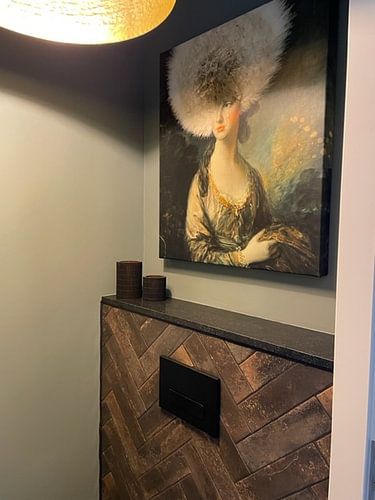
 Germany
Germany Ordered in November 2021
Ordered in November 2021
 Netherlands
Netherlands Ordered in December 2023
Ordered in December 2023
 Netherlands
Netherlands Ordered in June 2019
Ordered in June 2019
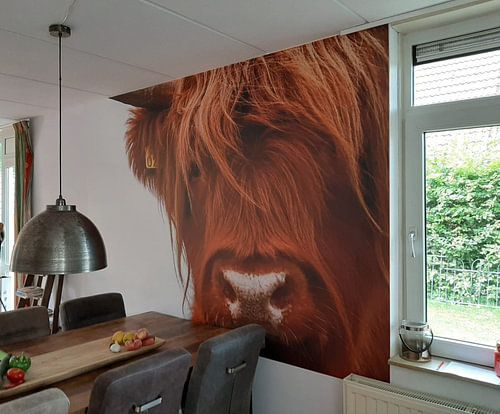
 Germany
Germany Ordered in January 2021
Ordered in January 2021
 Germany
Germany Ordered in April 2021
Ordered in April 2021
 Germany
Germany Ordered in April 2021
Ordered in April 2021
 Netherlands
Netherlands Ordered in October 2017
Ordered in October 2017
 Germany
Germany Ordered in August 2021
Ordered in August 2021
 Netherlands
Netherlands Ordered in August 2020
Ordered in August 2020
About the material
ArtFrame™
Interchangeable Art Prints
- High-quality print
- Easily interchangeable
- Acoustic function
- Large sizes available
Discover the artworks of Tis Veugen
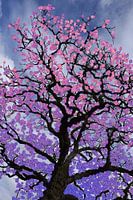 BlossomTis Veugen
BlossomTis Veugen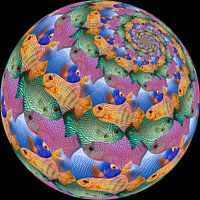 Fish Sphere SurfaceTis Veugen
Fish Sphere SurfaceTis Veugen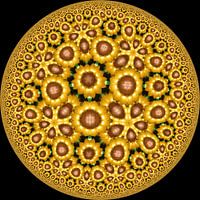 Glow SunflowersTis Veugen
Glow SunflowersTis Veugen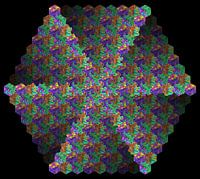 Lizard Metamorphosis IIITis Veugen
Lizard Metamorphosis IIITis Veugen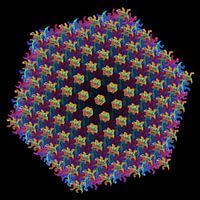 Chameleon Metamorphosis IVTis Veugen
Chameleon Metamorphosis IVTis Veugen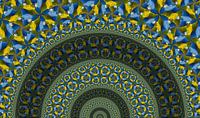 Arcs of ParrotsTis Veugen
Arcs of ParrotsTis Veugen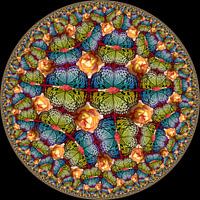 Butterflies in Rose GardenTis Veugen
Butterflies in Rose GardenTis Veugen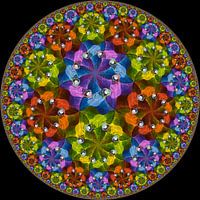 Dance of ParrotsTis Veugen
Dance of ParrotsTis Veugen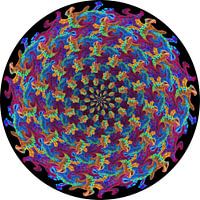 Twisted ReptilesTis Veugen
Twisted ReptilesTis Veugen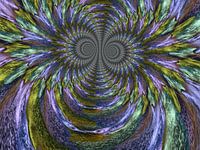 Seals CarnivalTis Veugen
Seals CarnivalTis Veugen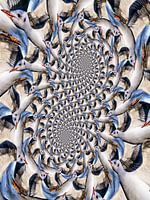 Seagull RhododendronTis Veugen
Seagull RhododendronTis Veugen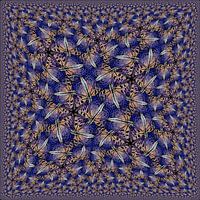 Square ButterfliesTis Veugen
Square ButterfliesTis Veugen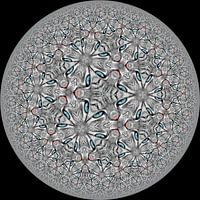 Cat or OwlTis Veugen
Cat or OwlTis Veugen Double Spiral of Stairs and CirclesTis Veugen
Double Spiral of Stairs and CirclesTis Veugen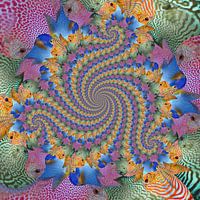 Triple Spiral of Four FishTis Veugen
Triple Spiral of Four FishTis Veugen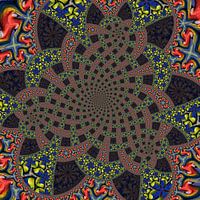 Trio Spiral of Parrots and ToucansTis Veugen
Trio Spiral of Parrots and ToucansTis Veugen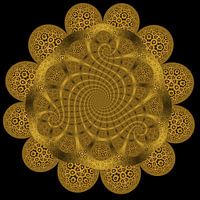 Trio Spiral of Sunflowers IITis Veugen
Trio Spiral of Sunflowers IITis Veugen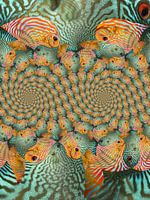 Double Spiral of Tropical FishTis Veugen
Double Spiral of Tropical FishTis Veugen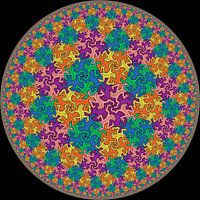 Hyperbolic LizardsTis Veugen
Hyperbolic LizardsTis Veugen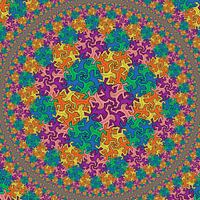 Square Hyperbolic LizardsTis Veugen
Square Hyperbolic LizardsTis Veugen
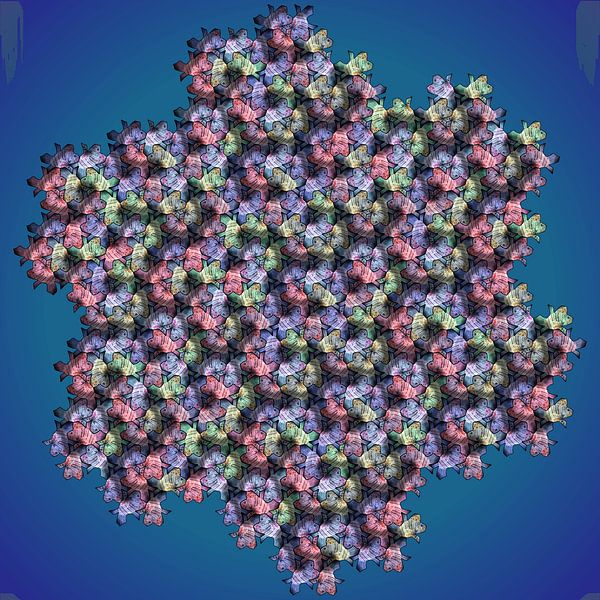


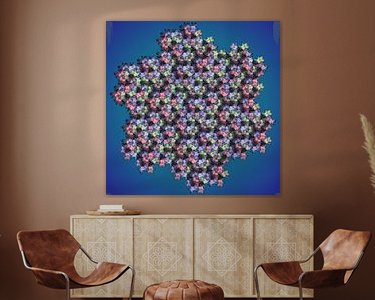


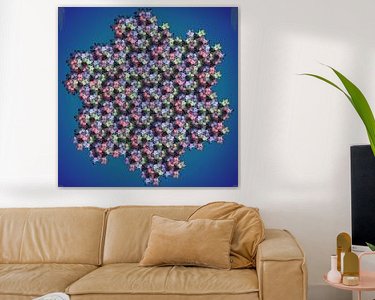



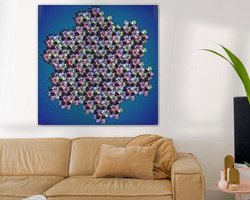


 Digital art
Digital art Fishing
Fishing Fractal
Fractal Optical illusions
Optical illusions Vibrant Colors
Vibrant Colors Whimsical Wonders
Whimsical Wonders









